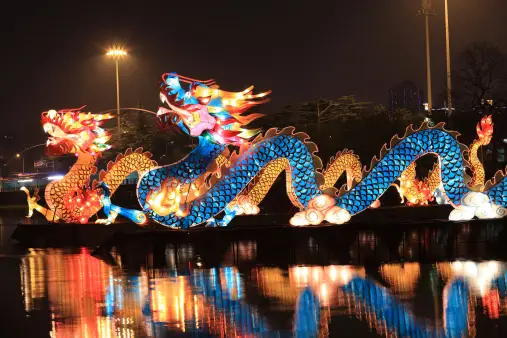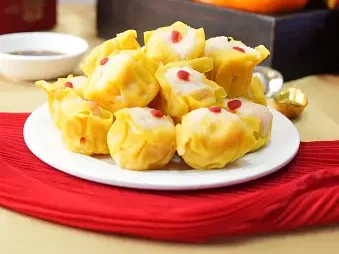Our Location
Islamabad, Pakistan
The Chinese New Year falls on February 16th this year. Not only is it a fantastic reason to have fun with some cool craft or activity, but it is also an excellent way to celebrate and understand another culture’s ways.
If you want to teach your kids about it, firstly know some things. The Chinese New Year follows the moon’s schedule. In other words, it’s about how long the moon spends orbiting around the earth. The party goes on for 15 days and is a big Chinese holiday.
If you’re in the market for information, here are 15 facts you should know about Chinese New Year.

Red is a big color that stands for good luck and joy; houses are decorated with red lamps, signs, and clothes.

Elders give money in red envelopes (hongbao) to younger family members, a sign of good luck and wishes.

During the time before Chinese New Year, markets are made to sell old stuff, food, and decorations.

Families come together for a fun party on New Year’s Eve, with special food like fish for good luck.

The party goes on for 15 days and ends with the Lantern Festival where brightly colored lanterns are shown.

Dumplings are a common food during the festival. They are often shaped like gold bars to show wealth and success.

It is believed that loud sounds frighten bad spirits, so fireworks and firecrackers are often used during festivities.

Every year links to one of the 12 animals in the Chinese zodiac, making a 12-year loop.

Chinese New Year, also called Spring Festival, uses the moon calendar and signifies the end of cold weather.

A yummy sticky rice cake is eaten to bring good luck, showing the hope of a better year.

Dances with lions and dragons are often seen. They bring good luck and scare away bad vibes.

The CCTV New Year’s Gala, a show on TV, is watched by many. It has different kinds of performances and fun stuff.

Many people go to temples to pray for good luck and give gifts to gods during New Year’s.

Before the New Year starts, people clean their homes really well to get rid of bad luck. They also put up decorations to invite good luck.

Bright red signs with words from poems wish good things for the next year.
Certainly! Here are 10 more kid-friendly Chinese New Year facts:

The Chinese New Year is a big event celebrated all around the world. It’s a wonderful way to show your kid a new culture and it’s also fun with some artwork and a bit of dancing.

Chinese New Year, also called the Spring Festival, is a time for family gatherings, fun meals and special acts like lion dances. Red envelopes share wishes of good luck, while the Lantern Festival ends the 15-day gathering. This marks a hopeful start to the lunar New Year. Every year has an animal from the zodiac, making the celebrations more cultural.
The goal of the New Year’s celebration is to let go of the negative and the outdated and welcome in the positive and fresh. During this period, family elders are honored, evil spirits are banished, and good crops are requested.
There have been Chinese New Year’s for almost 3,500 years. There is no known record of the start date. Some believe that the origins of Chinese New Year may be drawn back to the Shang Dynasty (1600–1046 BC) when people observed the tradition of offering special prayers to gods and ancestors at the beginning and end of each year.
Because it coincides with the first new moon, it is known as Lunar New Year. It’s celebrated in many East Asian countries like China, South Korea, and Vietnam using calendars that follow the moon’s phases and the sun’s movements.
Fu Character. Maybe, the most usual thing in Chinese New Year is the shorthand for luck, which is written as ‘Fu’. During the Lunar New Year, a symbol that means happiness and blessings is put outside the front doors. Sometimes people also put it inside their homes as decoration.
The red color means luck and wealth in Chinese (and other East Asian) culture.
The Lunar New Year, called Spring Festival, is when the Chinese zodiac changes from one animal to the next. In 2023, the Year of the Rabbit starts on January 22. In Chinese culture, the Rabbit is a symbol of long life, calm, and wealth. 2023 is thought to be a year of hope.
Oranges, kumquats, tangerines, and pomelos are often given as gifts during Chinese New Year because they are thought to bring happiness and good luck. The Chinese words for orange and tangerine are similar to the words for luck and wealth. The yellow color also stands for wealth.
In the Chinese zodiac, water stands for long life while the Rabbit is linked to being careful, clever, and protecting oneself. Those born in the time of the Water Rabbit are thought to have a year of luck and peace.